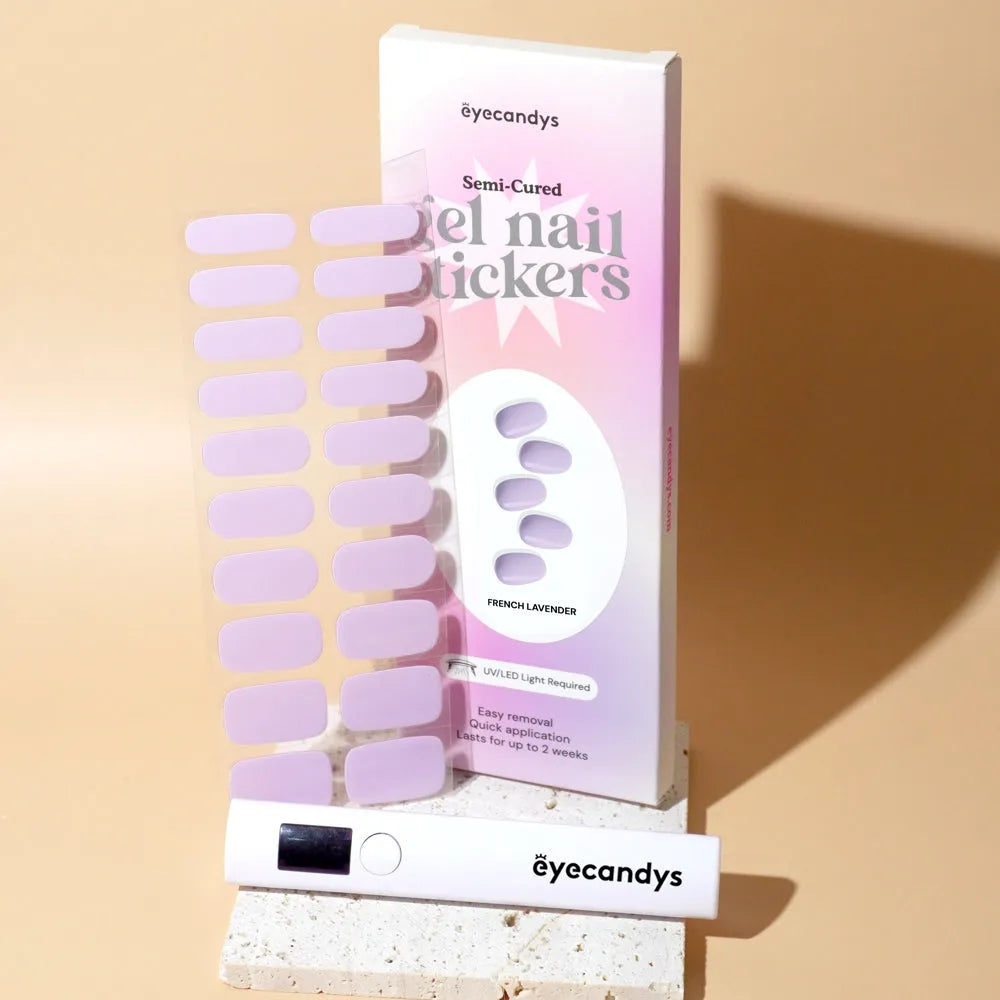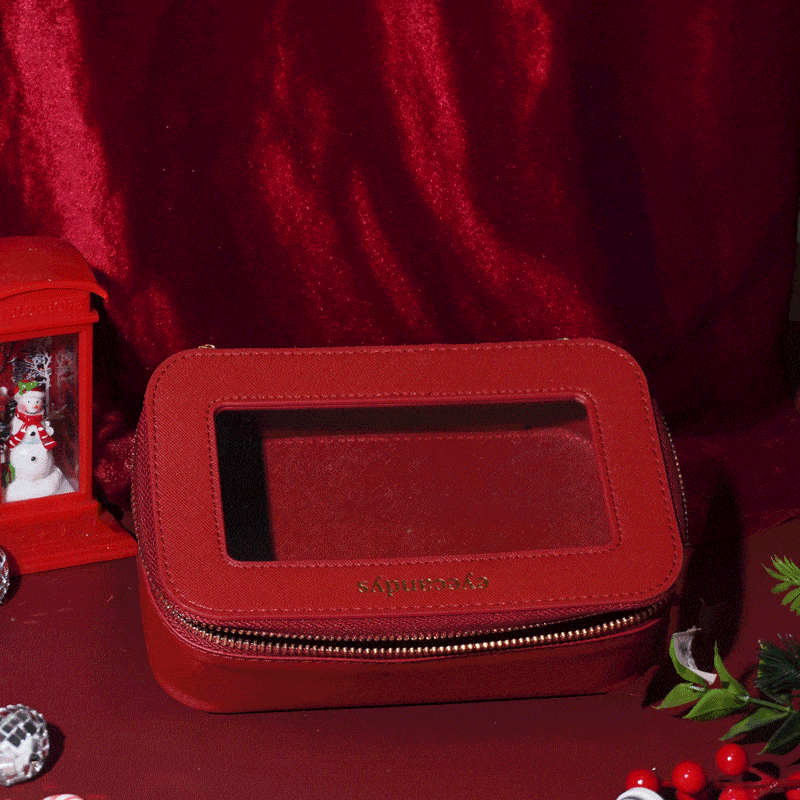The Ultimate Guide to Contact Lenses
Modern innovations in eyewear have made it possible for practically anyone to wear contact lenses. It’s important to know which type of contact lens is best suited for you. Whether you have vision problems or are looking for purely cosmetic contact lenses, you’ll need to ensure they meet your needs without distorting your vision. Here are the eight types of lenses you can choose from:
Types of Colored Contacts
1. Soft Lens
What is a Soft Lens?
Soft lenses are made from a polymer or plastic that allows oxygen to easily pass through. They offer high comfort and can filter harmful ultraviolet rays. However, they need to be replaced every 2-4 weeks due to their short lifespan.
Advantages:
- High comfort
- UV protection
- Breathable material
Disadvantages:
- Short lifespan
- Requires frequent replacement
2. Hard Lens
What is a Hard Lens?
Hard lenses do not allow the passage of oxygen, making them less comfortable than other types. They are prescribed for very specific needs and are not commonly used today.
Advantages:
- Can be tailored for special vision needs
Disadvantages:
- Low comfort
- No oxygen permeability
3. Rigid Gas-Permeable (RGP) Lens
What is an RGP Lens?
RGP lenses are made of hard plastic but are slightly flexible to allow oxygen to pass through. They combine the comfort of soft lenses with the durability of hard lenses but can slip off center more easily.
Advantages:
- Combines comfort and durability
- Allows oxygen permeability
Disadvantages
- Can slip off center
- Longer adaptation period
4. Daily Disposables
What are Daily Disposables?
Daily disposable lenses are single-use lenses that you discard after one day of wear. They are known for their hygiene and convenience since no cleaning is required.
Advantages:
- High hygiene
- No cleaning required
- Convenient
Disadvantages:
- Can be costly
- May not correct vision problems
5. Extended-Wear Contacts
What are Extended-Wear Contacts?
Extended-wear lenses are made from a special material that allows you to wear them continuously for up to 30 days. They reduce the risk of dry eye irritation but can increase the risk of corneal ulcers and infections.
Advantages:
- Long wear time
- Reduced dry eye irritation
Disadvantages:
- Increased risk of infections
- Potential for corneal ulcers
6. Colored Contacts
What are Colored Contacts?
Colored contacts are tinted lenses often used for cosmetic purposes. They can give you a completely different look and are popular in the cosplay and fashion communities.
Advantages:
- Cosmetic enhancement
- Wide variety of colors and designs
Disadvantages:
- May not provide vision correction
- Requires proper care and handling
7. Bifocal Lens
What is a Bifocal Lens?
Bifocal lenses are designed for people with presbyopia. They are available in both soft and RGP versions and can correct both farsightedness and nearsightedness.
Advantages:
- Corrects multiple vision problems
- Available in different materials
Disadvantages:
- Can be challenging to adapt to
- May require precise fitting
8. Toric Lens
What is a Toric Lens?
Toric lenses are special corrective lenses for people with astigmatism. They are available in both soft and RGP versions.
Advantages:
- Corrects astigmatism
- Available in different materials
Disadvantages:
- May be more expensive
- Requires precise fitting
Choosing the Right Lens for You
1. Eye Care Professional Consultation
Always consult with an eye care professional before choosing your contact lenses. They can provide a prescription and ensure the lenses fit properly, reducing the risk of eye problems.
2. Lifestyle and Usage
Consider your lifestyle and how often you plan to wear the lenses. Daily disposables are great for occasional use, while extended-wear contacts are better for those who need lenses on a more continuous basis.
3. Eye Health and Comfort
Prioritize lenses that offer the highest comfort and are breathable to maintain eye health. Soft lenses are generally the most comfortable, while RGP lenses offer durability.
Practical Tips for Contact Lens Wearers
- Always Follow the Care Instructions: Proper cleaning and storage are essential to prevent infections.
- Use the Correct Cleaning Solution: Only use solutions recommended by your eye care professional.
- Replace Lenses as Recommended: Adhere to the replacement schedule to maintain eye health.
- Do Not Share Lenses: Sharing lenses can lead to serious eye infections.
FAQs About Contact Lenses
Q: Can I wear contact lenses if I have dry eyes?
A: Yes, but choose lenses designed for dry eyes, such as those with high moisture content.
Q: Are colored contacts safe?
A: Colored contacts are safe if purchased from reputable sellers and used as directed.
Q: How do I know if my contact lenses are the right fit?
A: Properly fitting lenses should be comfortable and provide clear vision. Consult your eye care professional if you experience discomfort.
"I just tried one of them, and it was super easy to use, I have sensitive eyes and it didn’t irritate my eye at all!! They are amazing! You’re such a good brand"
- Niamh Paris
Choosing the right contact lenses involves considering various factors like the type of lens, your vision needs, and comfort level. By consulting with an eye care professional and understanding the options available, you can find lenses that enhance your vision and appearance. Explore EyeCandys’ extensive range of contact lenses to find the perfect fit for your lifestyle and needs.







